World Lion Day: Some interesting, lesser known facts about lions
The lion populations has dropped by more than 40% in the last two decades due to unrestricted exploitation of wildlife that threatens our biological diversity & causes ecological imbalance
PM Narendra Modi took the opportunity to tweet about the occasion and wrote, “The lion is majestic and courageous. India is proud to be home to the Asiatic Lion. On World Lion Day, I convey my greetings to all those passionate about lion conservation. It would make you happy that the last few years have seen a steady increase in India’s lion population”.
He added, “When I was serving as Gujarat CM, I had the opportunity to work towards ensuring safe and secure habitats for the Gir Lions. A number of initiatives were taken which involved local communities and global best practices to ensure habitats are safe and tourism also gets a boost”.
Let’s look at some interesting, lesser known facts about lions:
)
They can survive in dry to very dry areas such as the Kalahari Desert. In such circumstances they fulfil their water requirement through their prey and can even drink from plants like the Tsamma melon.

They can eat around a quarter of their body weight, that is, around 40 kg of meat at once.
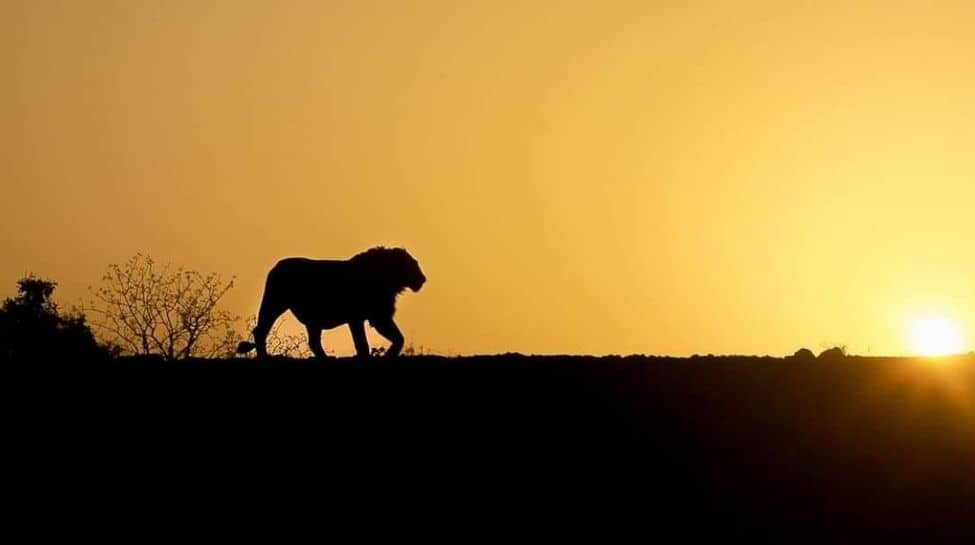
Nearly all of the wild lion population exists in Africa. A small part of it stays around the Gir Forest National Park in India.
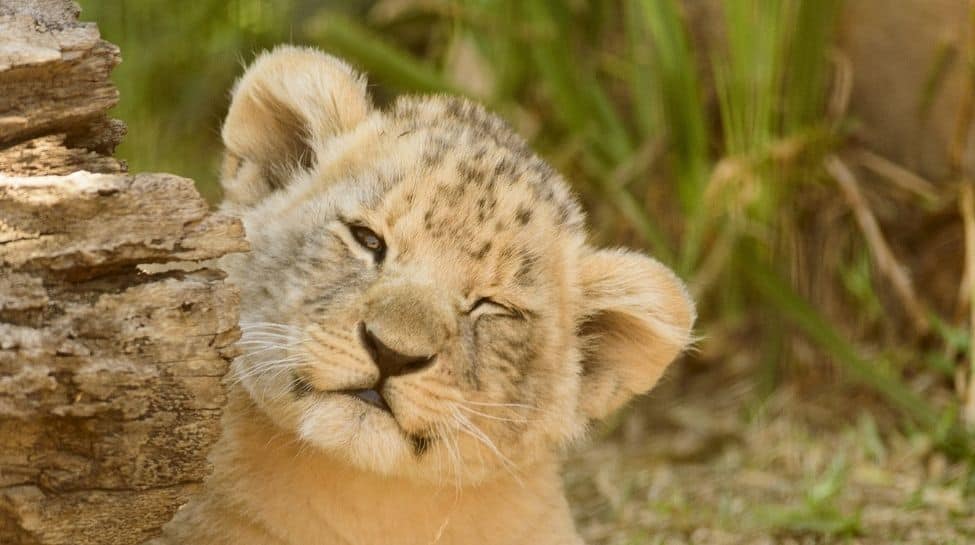
Young lions can have rosettes and/or spots on their bodies during the early stages of life. However these marks disappear as the lions mature.
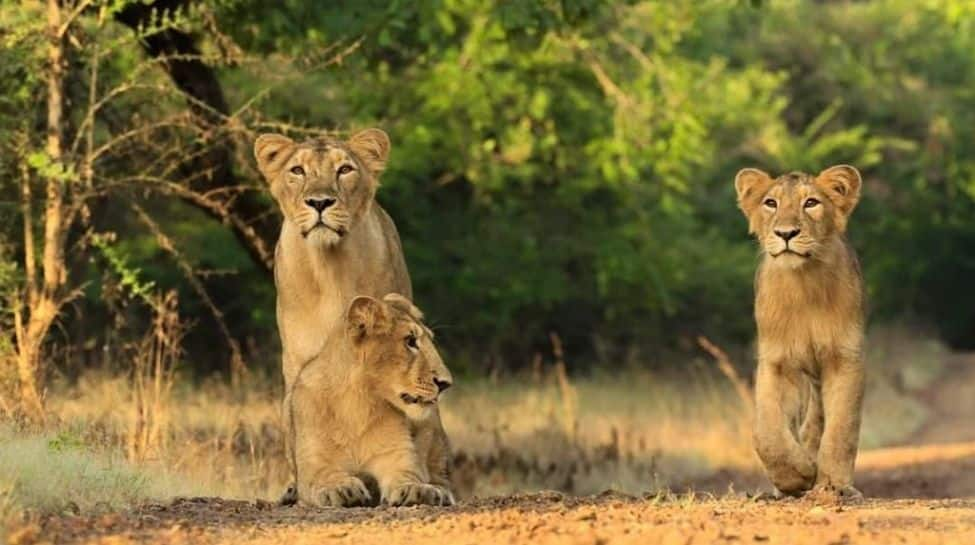
An average male lion can weigh around 190 kgs while a female weighs 126kg. They need large, strong and powerful bodies to hunt prey and defend their pride.
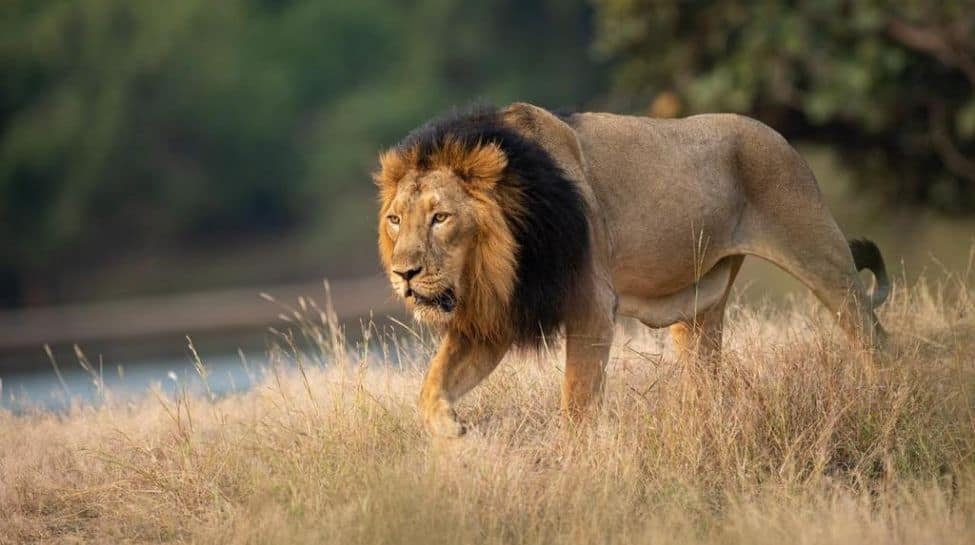
Male lions can grow manes up to 16 cm long. The mane is a sign of dominance, is used to attract mates and protects their neck and head from injuries.
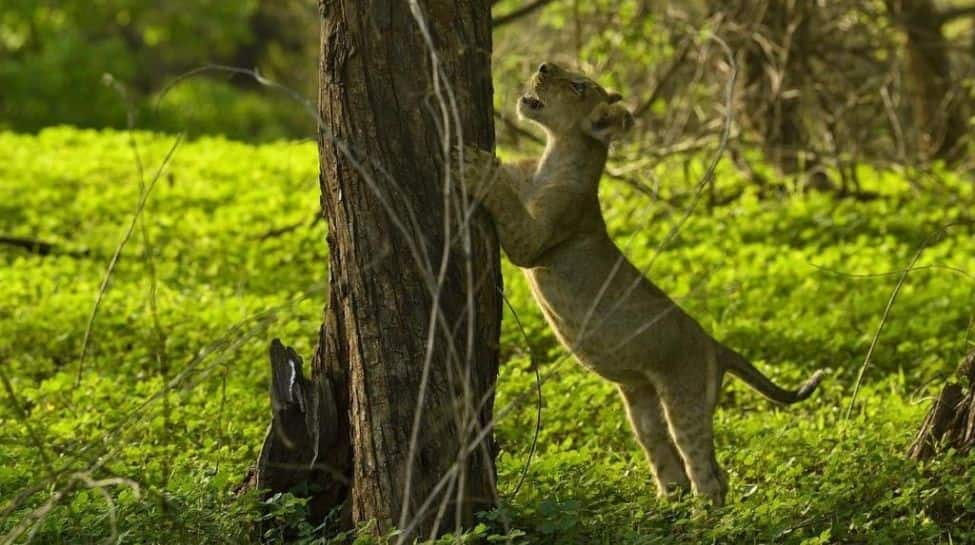
They prefer to hunt during stormy nights as their prey is unable to see and hear them clearly at such times while their eyes are adapted to the dark.
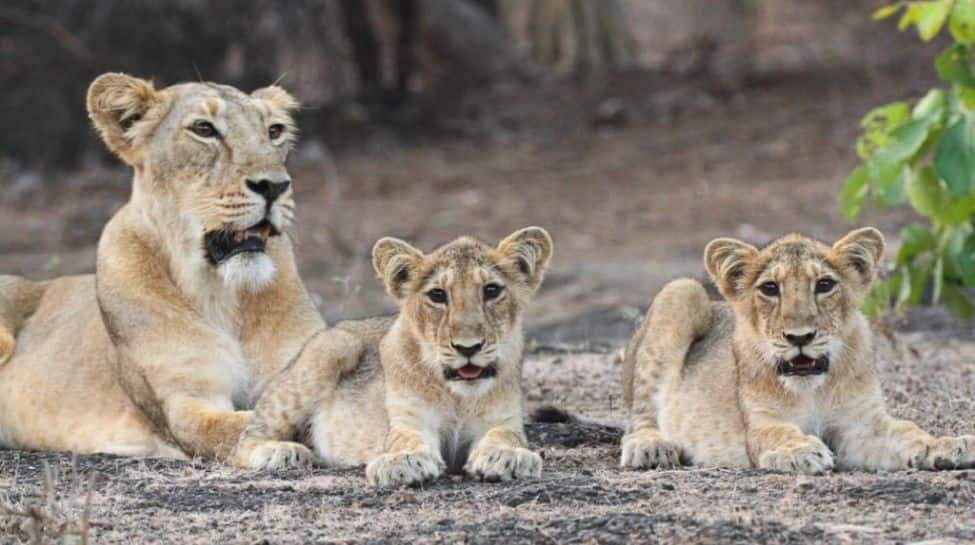
Lionesses of a pride raise their cubs together and the young lions can go to any female member for milk.
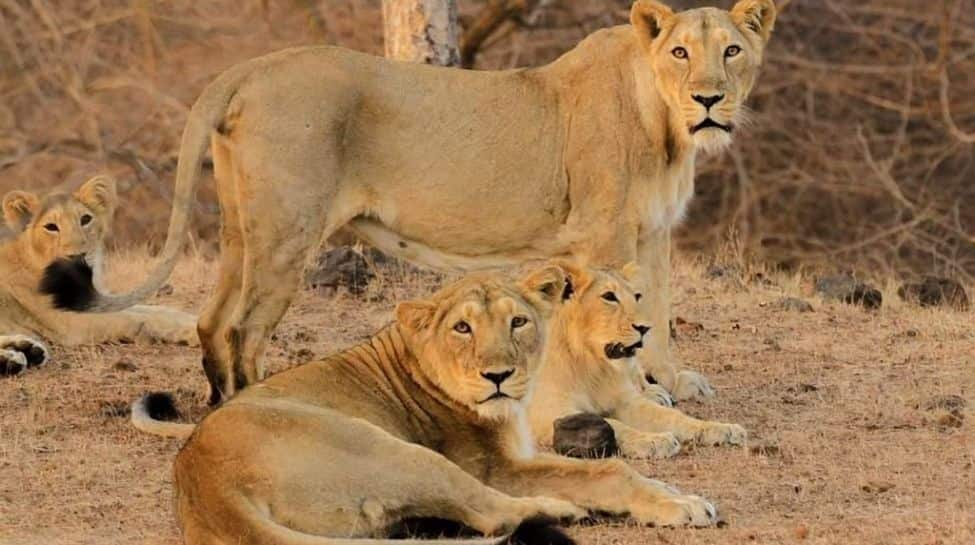
They are the only cats known to roar together with even the cubs joining the pride. They often roar together to mark their territory and the calling sequence can last around 40 seconds and be heard up to 5 miles.

It is estimated that there are as little as 23,000 lions left in the wild. Around 90% of the lion population has disappeared from the face of the earth.
